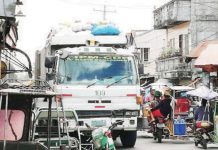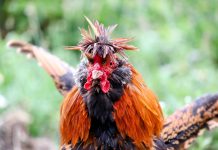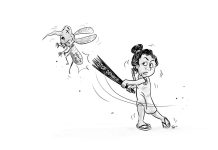
[av_one_full first min_height=” vertical_alignment=” space=” custom_margin=” margin=’0px’ padding=’0px’ border=” border_color=” radius=’0px’ background_color=” src=” background_position=’top left’ background_repeat=’no-repeat’ animation=”]
[av_heading heading=’Test toys for toxic chemicals’ tag=’h3′ style=’blockquote modern-quote’ size=” subheading_active=’subheading_below’ subheading_size=’15’ padding=’10’ color=” custom_font=”][/av_heading]
[av_textblock size=” font_color=” color=”]
TO ENSURE that only safe toys are sold in the market during this season of gift-giving, can the Department of Health initiate a random testing of children’s toys? We are deeply disturbed by reports about the use of hazardous chemicals in toys that can easily enter the young bodies of defenseless infants and children through ingestion, inhalation or skin contact.
Children are not in a position to make out the harmful ingredients on their toys. To prevent their exposure to hazardous materials, the toy industry and the government must be responsible enough to keep toys free of toxic chemicals.
The Department of Health may even initiate a review of the Philippine National Standards for Safety of Toys and the related DOH Administrative Order 2007-0032 to ensure that only non-toxic toys are sold in the country. Our hope is that by empowering consumers, manufacturers and lawmakers will start phasing out the most harmful substances immediately, and change the laws to protect children from toxic chemicals.
A few years ago, researchers in the US tested toys for arsenic, bromine, cadmium, chlorine, lead and mercury – some of the top chemicals linked to reproductive, developmental and hormonal disorders and various types of cancer. The toys tested fell under different product categories, including action figures, activity gyms, art and crafts articles, backpacks, bath toys, building blocks, crib toys, dining and bibs, dolls, electronics, games and puzzles, jewelry, kids’ room decorations, musical instruments, preschool / interactive, sporting goods, pacifiers, play stations, rattles and teethers, squeeze toys, stuffed animals, trains, vehicles and construction toys. Test results showed that children’s jewelry such as bead, bracelet, charm, earrings, keychain, necklace, pin, ring, and watch as the most contaminated product category.
Lead, a neurotoxin that can result to irreparable developmental disorders among children, was found in the products. Others were found to be made of polyvinyl chloride (PVC), the “poison plastic” that can create environmental and health hazards in its production, use and disposal.
The government has the duty to regulate and get toxic chemicals out of toys, and make sure that manufacturers and retailers do not to sell toxic toys.
[/av_textblock]
[/av_one_full]







